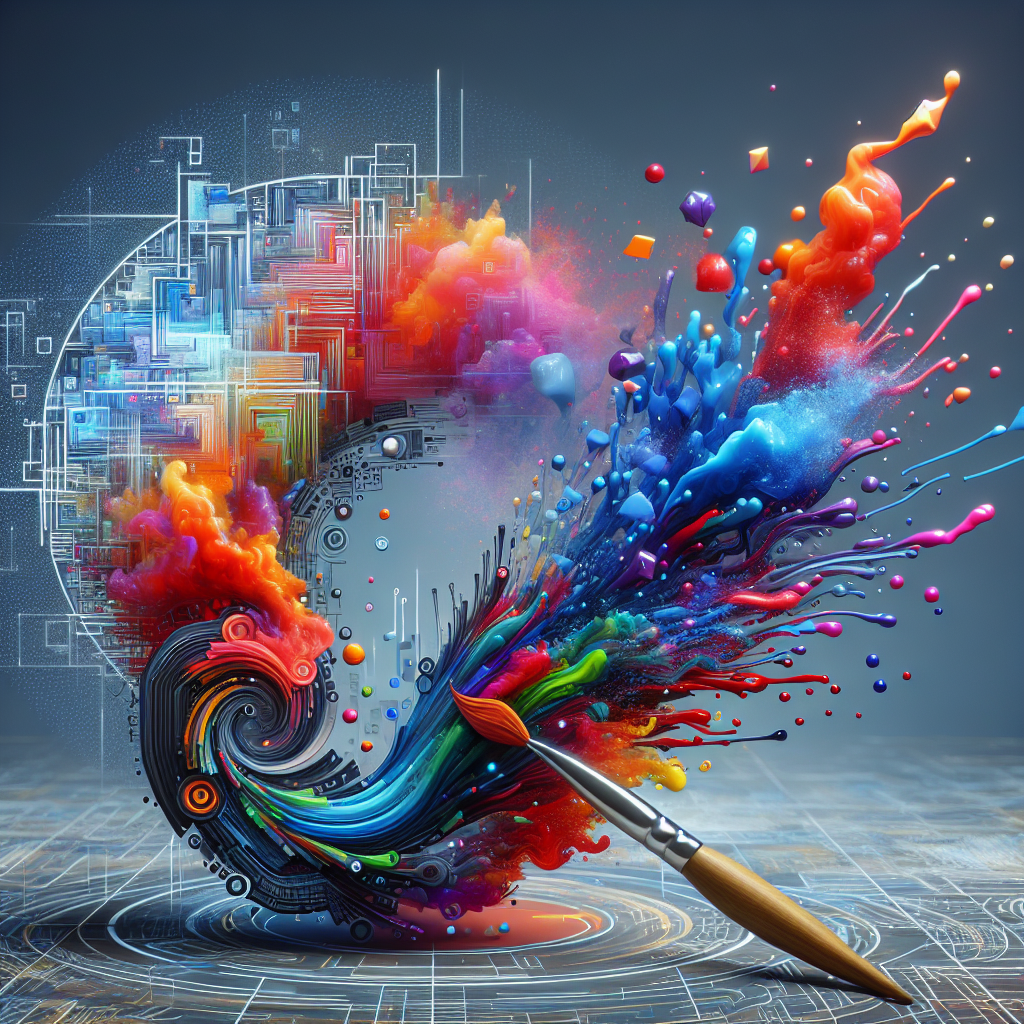Your cart is currently empty!
The Intersection of Technology and Creativity: A Deep Dive into Generative AI

Technology and creativity have always had a complex and intertwined relationship. From the invention of the printing press to the rise of digital art, technology has both enabled and inspired creative expression in myriad ways. In recent years, one of the most exciting developments at the intersection of technology and creativity has been the rise of generative artificial intelligence (AI).
Generative AI refers to algorithms that are designed to produce new, original content based on a set of input data. This can include anything from music and art to text and even entire virtual worlds. The possibilities for creative expression with generative AI are virtually endless, and artists and technologists alike are exploring the potential of this technology to push the boundaries of what is possible in the realm of art and design.
One of the most well-known examples of generative AI in the arts is Google’s DeepDream project, which uses neural networks to create psychedelic, dream-like images based on existing photographs. These images are not simply filters or effects applied to the original images; they are entirely new creations generated by the AI algorithm. The results are often surreal and visually stunning, blurring the lines between human and machine creativity.
In the world of music, generative AI has also made significant strides. Companies like Amper Music and Jukedeck are using AI algorithms to compose original music tracks tailored to a user’s specifications. These tracks can be used in everything from commercial advertisements to video games, providing a cost-effective and efficient way to create custom music without the need for human composers.
In the realm of visual art, generative AI has also opened up new possibilities for artists to explore. Artists like Robbie Barrat are using AI algorithms to create intricate and visually striking artworks that would be nearly impossible to achieve using traditional methods. By feeding the AI algorithm with a dataset of images or patterns, artists can generate new, unique pieces of art that push the boundaries of what is considered possible in the world of visual art.
But generative AI is not without its controversies. Critics argue that using AI to create art diminishes the role of the human artist and reduces creativity to a mere algorithmic process. Others worry about the potential for AI to perpetuate existing biases and stereotypes, as algorithms are only as good as the data they are trained on.
Despite these concerns, the intersection of technology and creativity continues to evolve, with generative AI leading the way in pushing the boundaries of what is possible in the world of art and design. As artists and technologists continue to experiment with this technology, we can expect to see even more groundbreaking and innovative works of art that challenge our perceptions of creativity and the role of technology in shaping our creative expression.

Leave a Reply